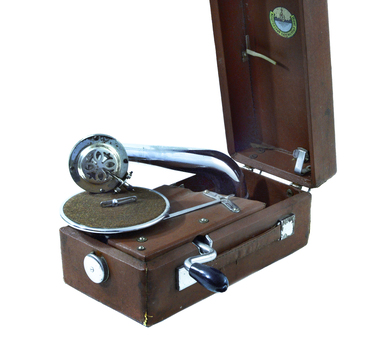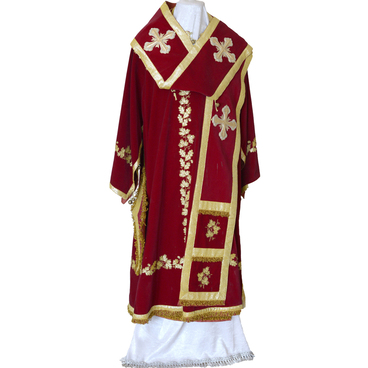In peasant households, as a rule, they used wooden utensils. Wood was used for carving plates, cups, bowls, and large round or oval shallow plates with a wide rim. Metal dishes made of tin, silver, or copper were only used by rich families in the northern provinces of European Russia. Dishes made of faience and porcelain came into use only at the end of the 19th century.
In the Russian countryside, big oval plates were used mainly on holidays. They served fish, pancakes, pies, gingerbread, nuts, and candy. They, as well as other festive wooden dishes, were usually decorated with paintings or carvings.
Wooden dishes are often found during excavations in Veliky Novgorod in the layers of the 12th-14th centuries. They are almost not different from the products that were turned out by Russian turners in the 19th century.
The dishes in Medieval Russia were used not only as dining utensils but also for various traditional ceremonies and rituals. For example, at the tsar’s crowning ceremony, the attributes of his power and the cross were necessarily carried on a platter. The cross was also carried out on a platter during the water blessing at Church holidays, for the blessing of the church bread. Bread and salt were brought to noblemen on a platter. The word “dish” was used for dishes, which were served at the feast.
The platter was also used on holidays in the Russian countryside in the 19th century. For example, during the wedding gifts exchange between the relatives of the bride and groom, gifts were placed on a platter and ceremonially presented to each of the relatives.
The Russian peasants respected salt. Like bread, it was considered holy food. People sitting at the table were traditionally told “Bread and salt”. A stranger was invited to dine with the family with the words: “Taste our bread and salt”. The hospitable man who could provide guests with good food was called hospitable.
The dish presented at the exhibition is decorated with an artistic flat-relief incised carving. The inscriptions on the rim are as follows: “Bread” and “Salt”. In the central part of the bottom, on the front side of the platter, a sheaf, chain, scythe, and plow are depicted.
In the Russian countryside, big oval plates were used mainly on holidays. They served fish, pancakes, pies, gingerbread, nuts, and candy. They, as well as other festive wooden dishes, were usually decorated with paintings or carvings.
Wooden dishes are often found during excavations in Veliky Novgorod in the layers of the 12th-14th centuries. They are almost not different from the products that were turned out by Russian turners in the 19th century.
The dishes in Medieval Russia were used not only as dining utensils but also for various traditional ceremonies and rituals. For example, at the tsar’s crowning ceremony, the attributes of his power and the cross were necessarily carried on a platter. The cross was also carried out on a platter during the water blessing at Church holidays, for the blessing of the church bread. Bread and salt were brought to noblemen on a platter. The word “dish” was used for dishes, which were served at the feast.
The platter was also used on holidays in the Russian countryside in the 19th century. For example, during the wedding gifts exchange between the relatives of the bride and groom, gifts were placed on a platter and ceremonially presented to each of the relatives.
The Russian peasants respected salt. Like bread, it was considered holy food. People sitting at the table were traditionally told “Bread and salt”. A stranger was invited to dine with the family with the words: “Taste our bread and salt”. The hospitable man who could provide guests with good food was called hospitable.
The dish presented at the exhibition is decorated with an artistic flat-relief incised carving. The inscriptions on the rim are as follows: “Bread” and “Salt”. In the central part of the bottom, on the front side of the platter, a sheaf, chain, scythe, and plow are depicted.



